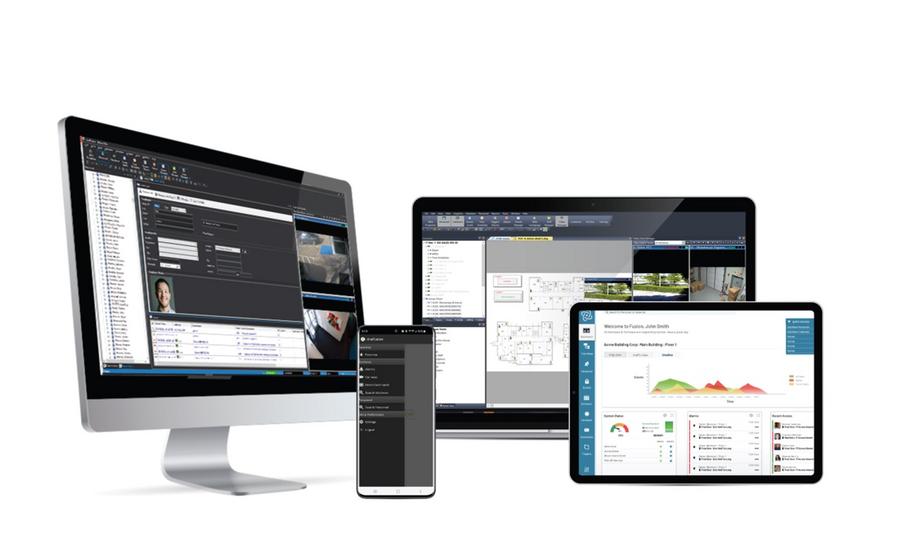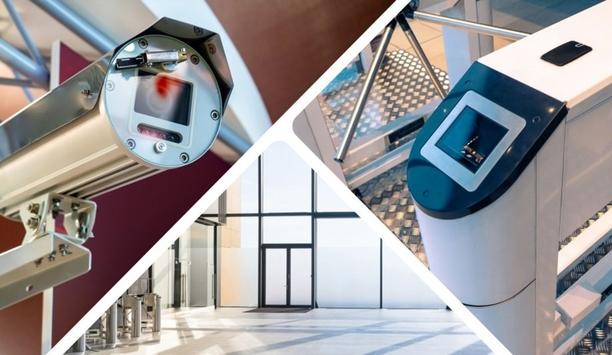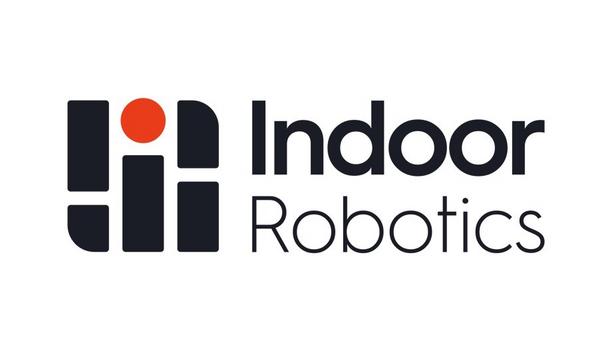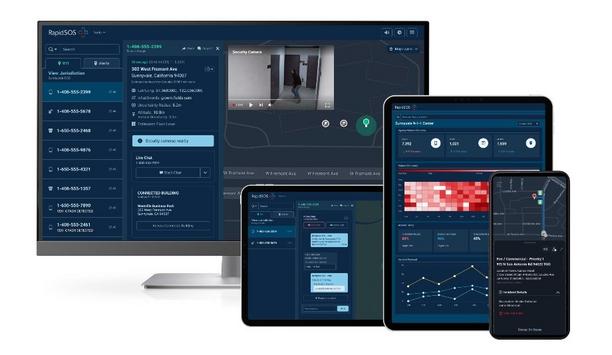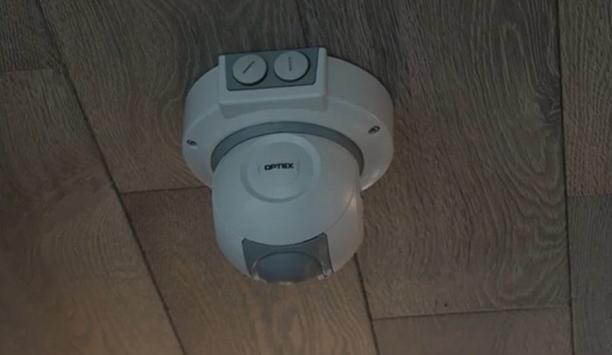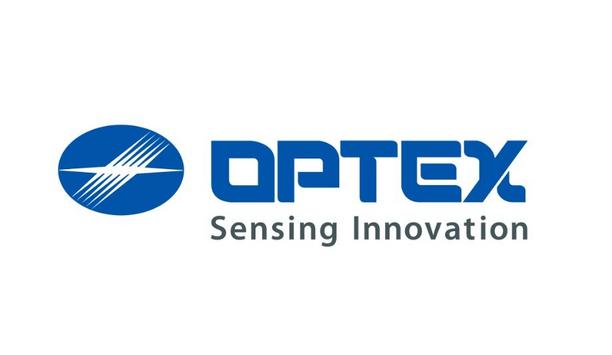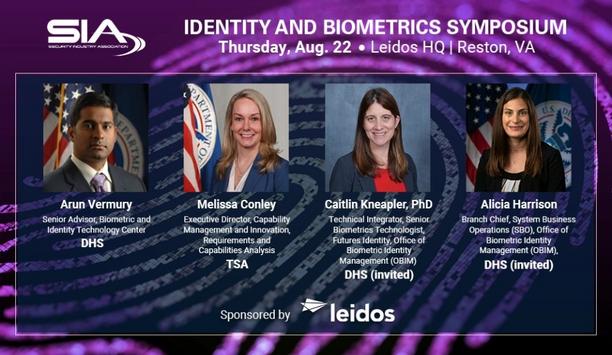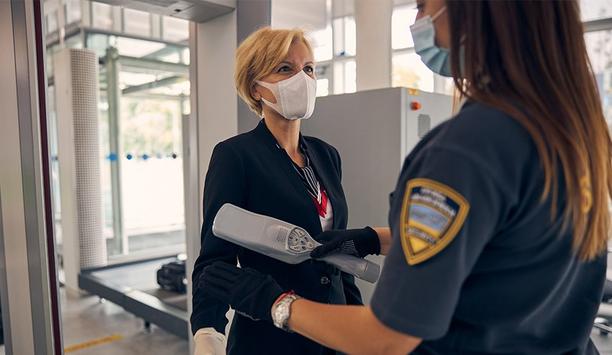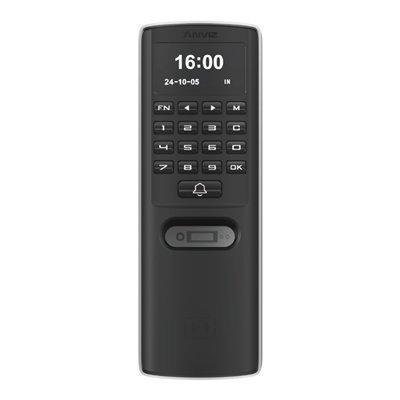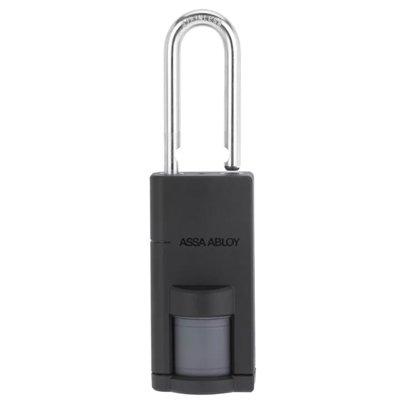For more than 22 years, Open Options, Addison, Texas, has developed access control solutions that connect to leading security technologies to deliver a full-scale solution based on each customer’s unique needs. In 2018, Open Options was acquired by ACRE, which already owned the Vanderbilt and ComNet brands. To find out the latest, we interviewed Chuck O’Leary, President of Open Options.
Q: It has been two and a half years since Open Options was acquired by ACRE. Briefly describe that transition and how the company is stronger today because of it.
O’Leary: The ACRE transition really focused on integrating our access control solution, DNA Fusion, with Vanderbilt Industries technologies in order to further our reach in the market and enhance our portfolios. With their support, we have been able to accelerate innovations and expand our global reach. Overall, it has been a great experience to be a part of the ACRE organization, and it has opened the doors to new opportunities for us both here in the states and globally.
Q: What is "Connect Care" and how does it benefit integrators and/or end user customers?
O’Leary: For those unfamiliar with the world of access control, it can often be a little overwhelming when first introduced; however, we strive to make our products as easy to use and intuitive as possible, with Connect Care being no different. Connect Care is a system that has been specifically designed to create the most connected experience in the security market Connect Care is a system that has been specifically designed to create the most connected experience in the security market. It serves as a 24/7 bridge from our customers to services like technical support, platform support, professional services, and training. By providing these options for our customers, we can better empower them with the knowledge and expertise of our DNA Fusion access control system and ensure their success with the product.
Q: Who are the new customers entering the market for access control systems in the wake of the pandemic, and how should they be approached/managed differently?
O’Leary: Over the last year, there has been a huge demand for access control systems as remote work increased due to COVID-19, and even now, as employees and students are heading back into the offices and schools. Organizations are realizing that having an outdated security system is no longer robust enough for the rapid advancement of technology that we witnessed over the course of the pandemic, and really the past few years. For those who are just dipping their toe into a new access control deployment, the most important thing they can do is to search for a provider who has a solution that is easily integrated, scalable, and provides excellent training and resources.
Q: Define the term "touchless access control" and explain why it is gaining a higher profile in the post-pandemic world.
O’Leary: The interesting thing about access control is that it has almost always been touchless. Many organizations are looking for robust solutions that are touchless and can be utilized remotely, and it's fairly easy to understand why a solution like this would become widely popular because of COVID-19. Integrators are searching for access control systems that will serve as a proper solution for organizationsThe process of using access control to streamline security infrastructures is not a new concept by any means, but due to the rapid development in technology over the past few years, more integrators are searching for access control systems that will serve as a proper solution for organizations, while still supplying the touchless and remote-based features.
Q: What do you see as the future course of the changing technology trends we see in today's market (such as mobile credentials, cloud-based systems, cybersecurity, etc.)?
O’Leary: As we continue to tread through the different technological developments in the market today, we are noticing that mobile credentials and biometrics are becoming increasingly popular. As cybersecurity and mobility continue to become more important, we are also seeing the rapid jump to the cloud. By utilizing cloud-based systems, an organization is not hindered by a lack of storage or old software and gains the flexibility to scale their security system as their business grows.
Q: How will the access control market look different five years from now versus today? What about 10 years from now?
O’Leary: Within the next five years, I suspect that access control will continue to make the move towards cloud-based systems and utilize mobile credentials and biometrics. In 10 years, I think all access control will be open platform and many more organizations will embrace cloud solutions for increased functionality. Also, innovations will continue to be the drivers behind new deployments with some installations being biometrics only and include recognizing fingerprints, retina scans, facial recognition, and voice.
Q: What is the biggest challenge currently facing the access control market, and how should manufacturers (including Open Options) be addressing the challenge?
O’Leary: One of the biggest challenges facing the physical access control market is organizations actually making the shift to more up-to-date access control systems. Organizations are looking to adopt more digital-focused access control experiencesOrganizations are looking to adopt more digital-focused access control experiences — ones that are focused on integration, newer features, cybersecurity, and ease of monitoring. Access control manufacturers should be addressing this challenge by creating integratable, scalable systems that are easily managed and provide a structured, streamlined approach for an organization’s security infrastructure.
Q: What is the biggest misconception about access control?
O’Leary: Access control is not a one-size-fits-all solution, and some organizations might have different standards or assets that need protection. This is why it's vital to know the risks your organization faces when speaking with access control providers — to ensure the best possible outcome for your specific needs. It's important to remember that whatever access control system is chosen should proactively mitigate any risks, be easily taught to and successfully used by employees, and be scalable with your organization. No matter the line of work, a proper access control system should streamline the security infrastructure and lessen stress on the security team and employees.
